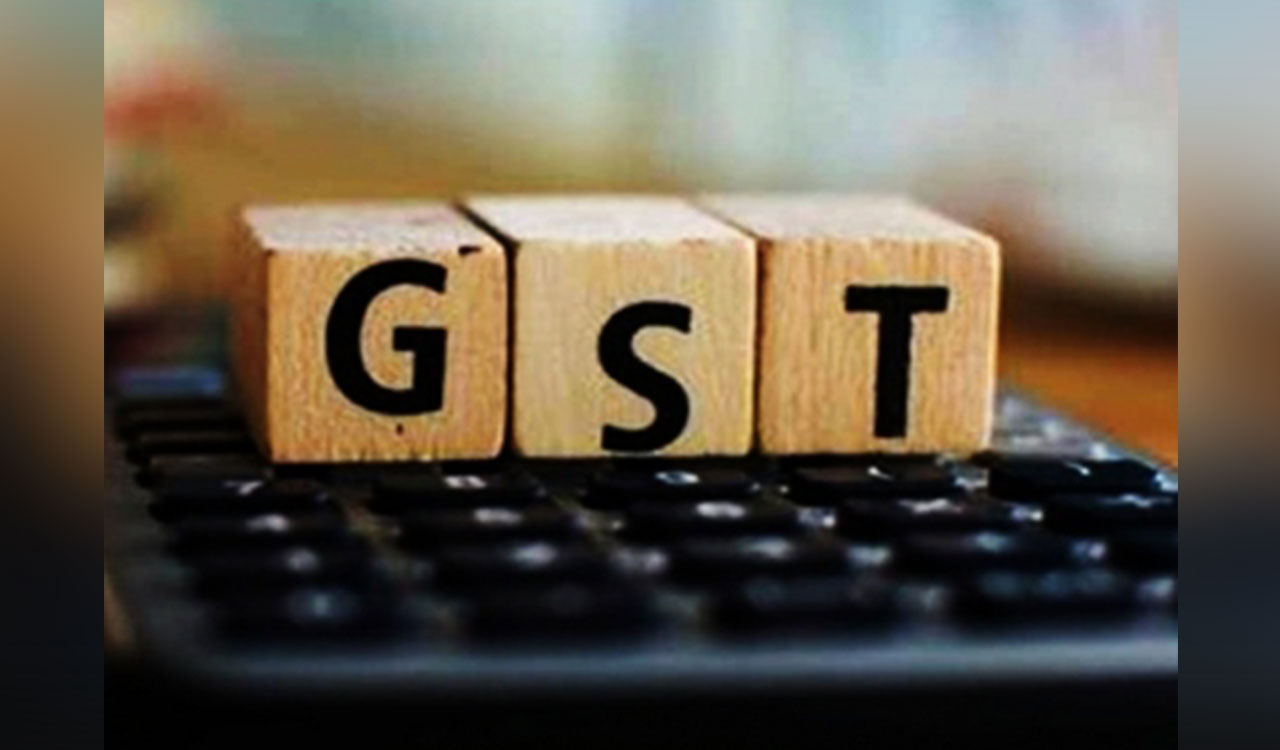GST Overhaul: India's Finance Ministry Eyes Two-Tier System for Easier Taxing & Relief for Consumers

The Indian Finance Ministry is proposing a significant shake-up of the Goods and Services Tax (GST) system, moving towards a simpler two-tier structure. This new system, featuring ‘standard’ and ‘merit’ slabs, aims to streamline the tax process and offer potential relief to consumers on both essential and aspirational goods. The move directly aligns with Prime Minister Narendra Modi’s commitment made during this year’s Independence Day address to simplify the tax regime and boost economic growth.
Why the Change? The current GST system, while intended to create a unified national market, has been criticized for its complexity and multiple tax rates. This complexity can lead to confusion for businesses and increased compliance costs. The proposed two-tier system seeks to address these issues by reducing the number of tax brackets and making the system more user-friendly.
The Two-Tier Structure: Standard vs. Merit The core of the proposal involves categorizing goods and services into two distinct slabs: a ‘standard’ slab and a ‘merit’ slab. Goods deemed essential or those considered to have a positive social impact would likely fall under the ‘merit’ slab, benefiting from lower tax rates. ‘Standard’ slab would apply to other goods and services. The exact rates for each slab are still under discussion, but the intention is to provide a clear differentiation and ensure that essential items remain affordable.
Impact on Consumers and Businesses This shift has the potential to significantly impact both consumers and businesses. Lower tax rates on essential goods could translate to lower prices for consumers, increasing their purchasing power. For businesses, a simplified GST system could reduce compliance costs, streamline operations, and improve overall efficiency. The reduction in complexity would also likely encourage more businesses to formalize their operations, expanding the tax base.
Alignment with Government Vision The proposal for a two-tier GST system is a key element of the government's broader agenda to improve the ease of doing business in India and attract foreign investment. It demonstrates a commitment to creating a more transparent and predictable tax environment, which is crucial for sustained economic growth. The move is expected to be discussed extensively within the GST Council, involving state finance ministers and central government representatives.
Challenges and Next Steps While the proposal has been welcomed by many, several challenges remain. Determining which goods and services fall under the ‘merit’ slab will require careful consideration and potentially lead to debates among stakeholders. The transition to the new system will also need to be managed effectively to avoid disruption. The Finance Ministry is expected to hold further consultations with state governments and industry representatives before finalizing the proposal. The ultimate goal is to create a GST system that is both efficient and equitable, contributing to India's continued economic progress.
Looking Ahead The proposed two-tier GST system represents a significant step towards simplifying India's tax landscape. If implemented successfully, it has the potential to boost consumer spending, enhance business competitiveness, and accelerate economic growth. The coming months will be crucial as the government navigates the complexities of implementing this ambitious reform.





